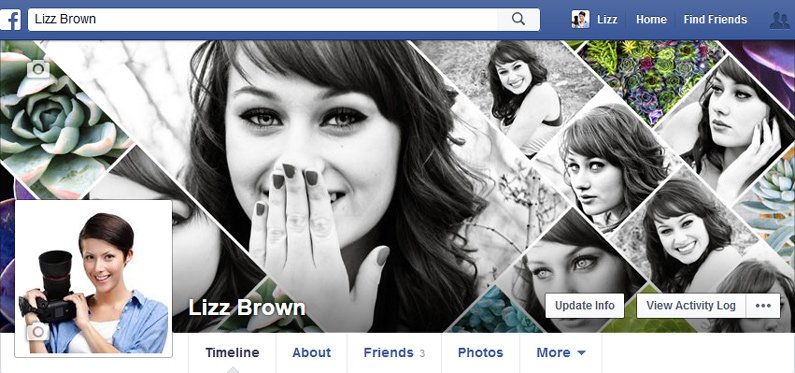
Nothing else has changed, so image dimensions and layouts are all still viable.

However, it’s still worthwhile to aim for low text, to get the most exposure and the lowest costs you can get out of your ads.

It’s all to conform with a rule that no longer exists in that form. So, now you know why so many of the links below will talk about having grids included in their templates, or having text templates arranged to minimize the amount of text on the image. You can read a more in-depth look at the new system here. The primary consequence of this is rising costs, as you have to pay more to have your ad shown to the same number of people you would get if you had less text. The more text you have on your image, the less it will be shown to people. Rather than simply having your ad rejected if it filled too many boxes on the grid tool, they simply analyze how much text is on your image and change your exposure accordingly. Instead, they replaced it with a scaling text-based reduction in exposure and increase in costs. I’m using the past tense here because recently Facebook made a change that removed the grid tool and the rule behind it. It applied to news feed ads and mobile ads, but not sidebar ads. This was a rule Facebook enforced using a grid tool, to make sure you didn’t put too much text into your images. One common item you’ll see in the links below is a mention of the Facebook 20% text rule.


 0 kommentar(er)
0 kommentar(er)
